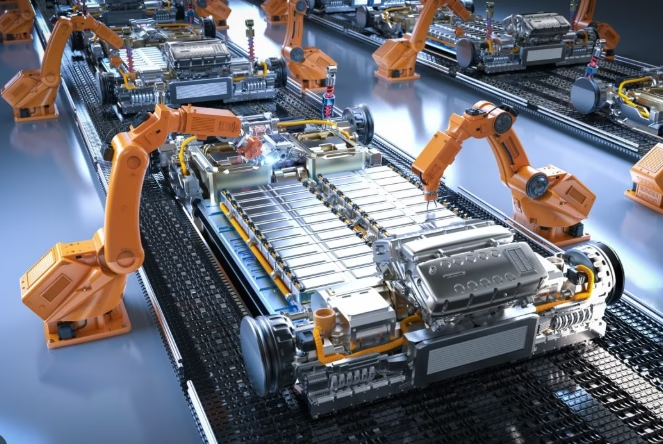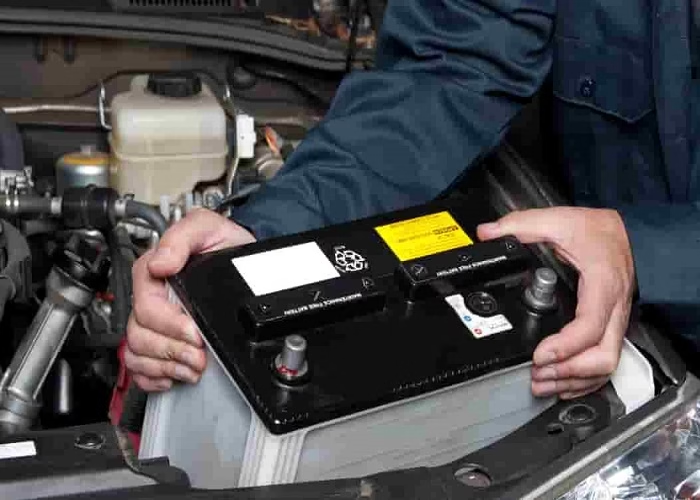What hinders the penetration of electric vehicles in rural areas? The popularity of electric vehicles in rural areas faces multiple obstacles, mainly including the following aspects:
1. Insufficient charging infrastructure: Rural areas are relatively backward, and their economic strength is not as strong as that of cities, so charging infrastructure is insufficient and costly in rural areas.
2. Mismatch between rural car habits and demand: residents in rural areas use cars mainly for family or agricultural purposes, and travelling distances may be shorter. Although electric vehicles are environmentally friendly and energy-saving, their energy-saving advantages may not be obvious in the case of short-distance travelling and frequent starting and stopping.
3. Incomplete maintenance services: As EVs use new technologies and components, there may be fewer local professional technicians and maintenance points to locate and repair faults quickly and accurately.
4. Purchase capital limitations: purchasing electric vehicles requires a large amount of capital, while most people in rural areas have low incomes and limited spending power.
What hinders the popularity of electric vehicles in rural areas? The popularisation of electric vehicles in rural areas faces multiple challenges. In order to promote the popularity of electric vehicles in rural areas, it is necessary for the government, enterprises and rural residents to work together to strengthen the charging infrastructure and reduce the cost of purchasing vehicles.















Leave a Reply